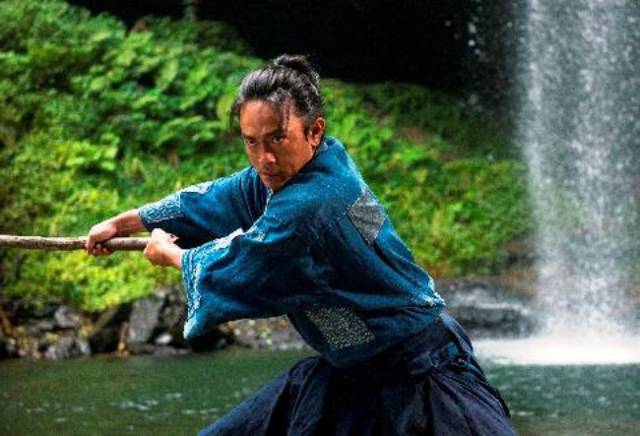
One day, bandits raid the quiet Tatara village, renowned for its steelworks and sword craftsmanship. Despite the arrival of samurai to protect the villagers, young Gosuke's mother is tragically killed while fleeing with him.
Years later, Gosuke (Shô Aoyagi) is set to become the next "murage", the master blacksmith who holds the secret of 'Tatara,' the ultimate technique for making steel. The quality of the steel is deeply tied to the "murage’s" inner strength, or *kokoro*, making it crucial for Gosuke to have a strong spirit.
When the village's swordsmanship expert, Hejiro (Kosuke Toyohara), is killed by bandits while defending his cargo, Gosuke decides to become a samurai to protect his home and its people. Leaving behind his beloved fiancée, Okuni (Anna Ishii), he embarks on a journey to master the ways of the sword.
*Tatara Samurai* follows Gosuke's quest to protect the village he cherishes. Initially, he believes becoming a samurai—the path of violence—is the answer. However, as he witnesses the horrors of battle and the dishonorable acts war encourages, he realizes that his heroic fantasy is unattainable. The chaos of war exposes the vast divide between his peaceful rural life and the turbulent transformation Japan undergoes under Oda Nobunaga’s rule.
Though this confrontation shapes Gosuke’s path, it remains underdeveloped within the narrative. The viewer is only briefly shown the impact of these realizations on Gosuke’s journey. But ultimately, Gosuke’s story is not the focal point—his narrative serves as a vehicle to explore something far more profound: the village and the tradition of steelmaking that it represents.
The real heart of *Tatara Samurai* is the village and its centuries-old craftsmanship. Through Gosuke’s journey, viewers are invited to sympathize with the community and the cultural heritage it embodies. In the end, Gosuke’s search for strength finds resolution in a non-violent act that reveals the true meaning of power and the strength of a "kokoro" deeply rooted in tradition.
See also
-
Samurai Fiction
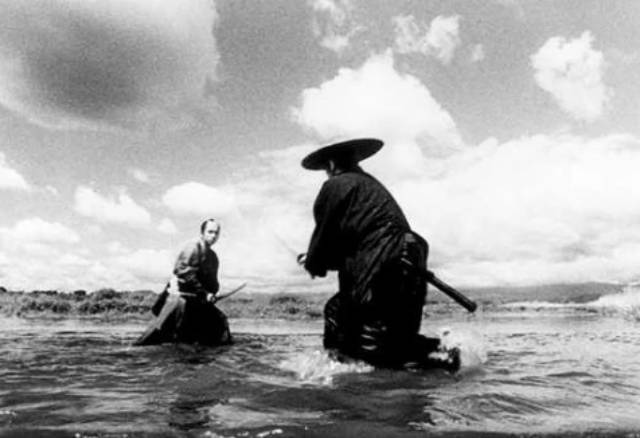
Samurai Fiction is a 1998 samurai-comedy film directed by Hiroyuki Nakano. The movie stands out for being filmed almost entirely in black-and-white, paying homage to classic jidaigeki samurai films. However, what sets it apart from its inspirations, including the works of Akira Kurosawa, is its modern twist, notably Tomoyasu Hotei's rock-and-roll soundtrack. A loose spinoff, Red Shadow, was released in 2001.
-
Rurouni Kenshin
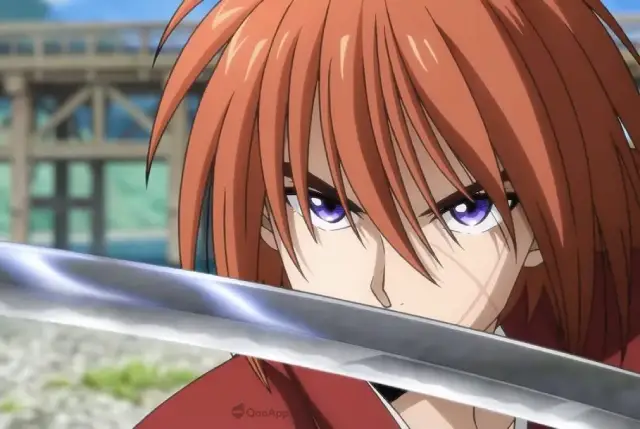
Rurouni Kenshin: Meiji Swordsman Romantic Story (Japanese: Hepburn: Rurōni Kenshin -Meiji Kenkaku Roman Tan-) is a Japanese manga series created by Nobuhiro Watsuki. Set in 1878, during the 11th year of the Meiji era in Japan, the story follows a former assassin known as Hitokiri Battosai. After his role in the turbulent Bakumatsu period, he adopts the identity of Himura Kenshin, a wandering swordsman who vows never to kill again. He dedicates his life to protecting the people of Japan. Watsuki crafted this series with the intent to create a unique shōnen manga, distinguishing it with a protagonist who is a former assassin and a narrative that becomes increasingly serious as it progresses.
-
Samurai Spy
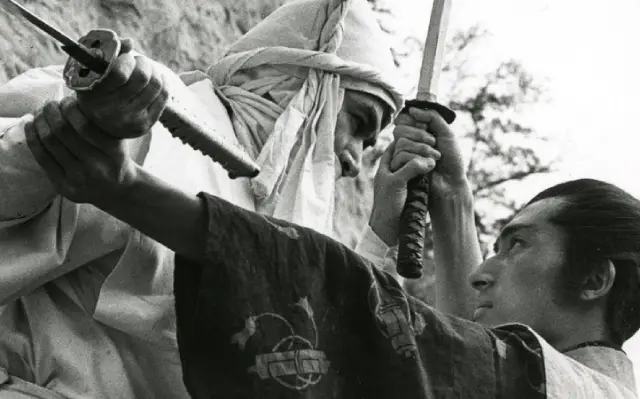
Samurai Spy (Ibun Sarutobi Sasuke), also known as Spy Hunter, is a 1965 film directed by Masahiro Shinoda, adapted from a novel by Koji Nakada. The film follows the legendary ninja Sasuke Sarutobi as he hunts the elusive spy Nojiri, while a shadowy figure named Sakon leads a group of men with their own designs on Nojiri. As the pursuit unfolds, the lines between allies and enemies blur, leaving everyone unsure of each other's true allegiance. Created during the height of the Cold War, the movie reflects the complexities and shifting loyalties of spies caught in the power struggles of their era.
-
Samurai III: Duel at Ganryu Island
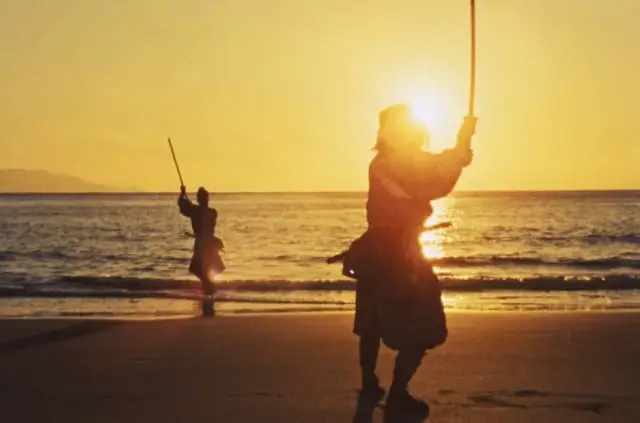
Samurai III: Duel at Ganryu Island (Japanese: Hepburn: Miyamoto Musashi Kanketsuhen: Ketto Ganryūjima) is a 1956 Japanese film directed by Hiroshi Inagaki and starring Toshiro Mifune. Filmed in Eastmancolor, it serves as the concluding chapter of Inagaki's Samurai Trilogy.
-
Samurai Marathon
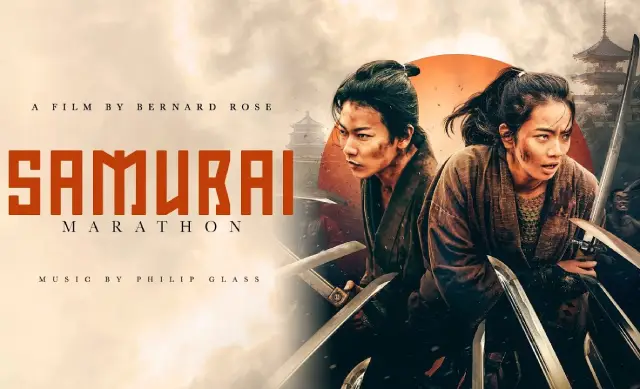
The producing team behind Takashi Miike's "13 Assassins," Jeremy Thomas and Toshiaki Nakazawa, reunite for another visually striking and action-packed samurai film. Based on a novel by Akihiro Dobashi, this film may not reach the same heights of relentless carnage or critical acclaim as its predecessor, but it still offers an exciting and occasionally humorous addition to the samurai genre, likely to resonate with festival audiences. This story of a literal running battle between rival samurai factions could see moderate success in theaters, though it may require more marketing effort without the ultra-violent appeal that made "13 Assassins" memorable.
-
Samurai II: Duel at Ichijoji Temple (1955)
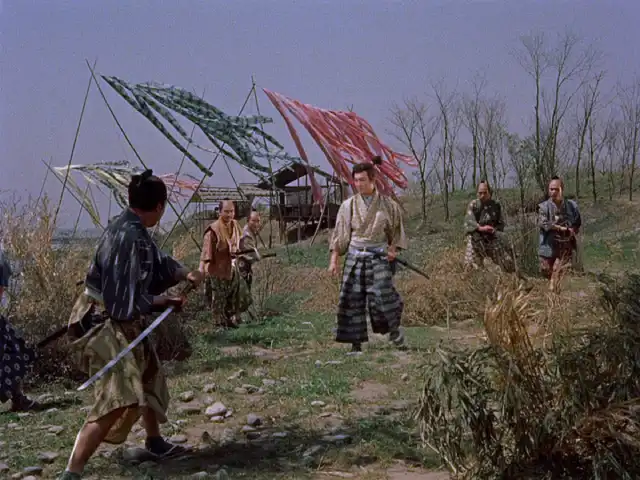
Duel at Ichijoji Temple (Hepburn: Zoku Miyamoto Musashi: Ichijōji no Kettō) is a 1955 Japanese film directed by Hiroshi Inagaki and starring Toshiro Mifune. Filmed in Eastmancolor, it is the second installment in Inagaki's Samurai Trilogy.
-
The Samurai I Loved (Semishigure)
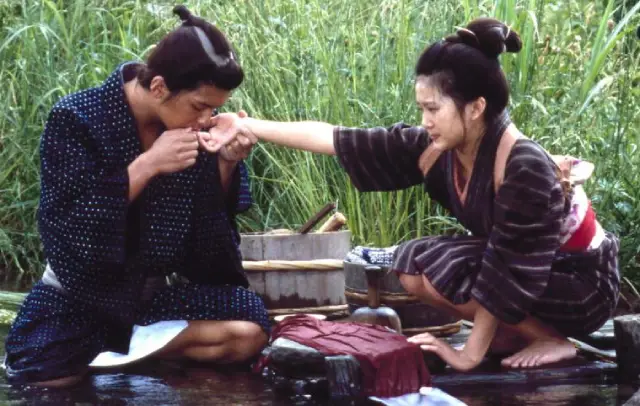
The costumes, settings, and script of The Samurai I Loved immediately transport samurai film enthusiasts back to the golden era of classic black-and-white samurai masterpieces.
-
Samurai Wolf (Kiba Okaminosuke)
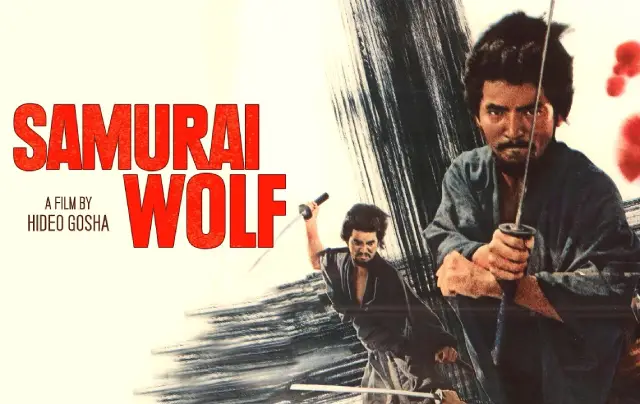
Hideo Gosha’s Samurai Wolf (Kiba Okaminosuke) is a gritty, hard-edged, and bloody reimagining of the traditional chambara film—a genre of action-oriented, historical sword-fighting movies that enjoyed widespread popularity in Japan throughout the 1950s but had begun to decline by the mid-1960s. Gosha had already established his reputation in this genre with films such as his debut feature, Three Outlaw Samurai (Sanbiki no samurai, 1964), a prequel to a popular television series, and Sword of the Beast (Kedamono no ken, 1965). These works established Gosha as a renegade artist unafraid to break conventions, a reputation that Samurai Wolf only cemented.

